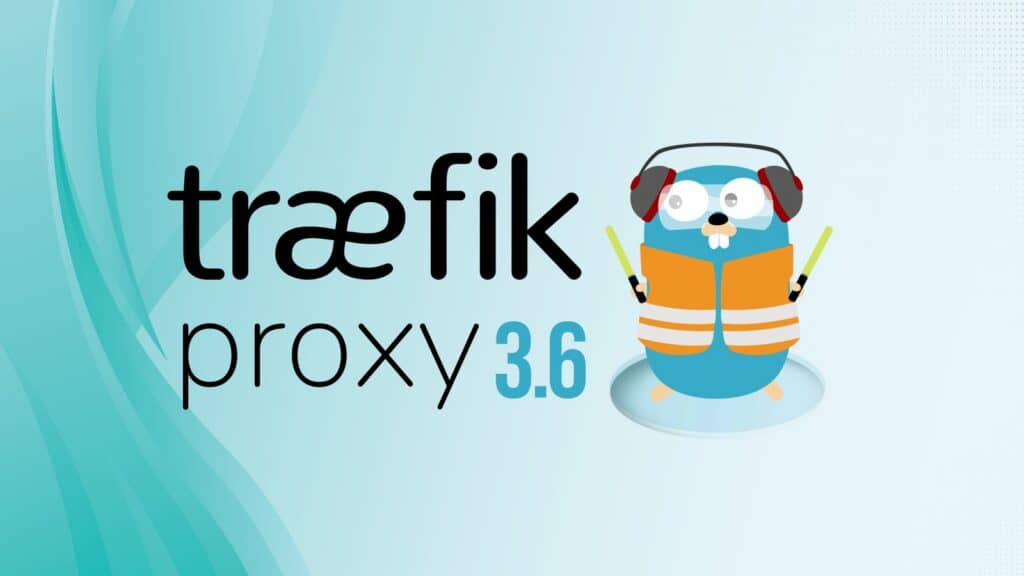Traefik, a well-known name in cloud-native open-source proxies, released version 3.6, “Ramequin,” bringing together three major additions, with the multi-layer routing support being the most significant one.
It introduces a hierarchical router structure that allows request processing to occur in sequential steps. A parent router can authenticate a request or add headers, while child routers use the enriched data to make the final routing decision.
As a result, this removes the need to duplicate authentication logic across services or maintain separate proxies for different stages of a request. It also enables routing patterns, such as directing traffic based on user roles, subscription tiers, or feature flag evaluations, in a straightforward, declarative configuration.
The second major addition is native Knative integration. With this release, Traefik can manage traffic for Knative services using the same provider model it applies to containers or virtual machines. The Knative provider handles service discovery, scale-to-zero events, and request routing to serverless workloads, eliminating the need for additional gateway components.
Traefik 3.6 also adds full support for Gateway API v1.4, as two features, BackendTLSPolicy and SupportedFeatures, have been promoted from experimental to stable. BackendTLSPolicy enables end-to-end TLS between the gateway and backend services, improving internal traffic security. SupportedFeatures exposes feature compatibility through Kubernetes status fields, giving operators clearer visibility into what the implementation supports.
Beyond those three headline additions, the release also includes several smaller enhancements. New TCP health checks enable Traefik to evaluate non-HTTP services directly, whereas passive health checks infer service health from actual traffic patterns.
At the same time, updated load-balancing options introduce Least Time and Highest Random Weight algorithms for more granular traffic distribution. AWS ECS gains full IPv6 support, and the Docker provider can now detect non-running containers.
Finally, Traefik 3.6 includes expanded ExternalName support in Kubernetes, new ACME resolver options, configurable HTTP/2 HPACK table sizes, syscall support for plugins, more compact dashboard tables, and enhanced provider-level startup logging.
Check out the release announcement or look at the project’s GitHub changelog for the full list of all changes.
